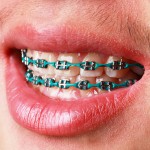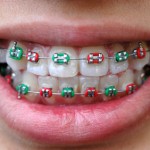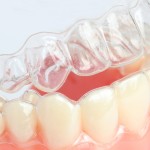
Long-term stability following orthodontic treatment required long-term retention. Compliance with removable retention regimens is variable so some practitioners favour fixed retainers. The aim of this study was to compare the survival of mandibular lingual retainers placed using either chemical or photo polymerization after orthodontic treatment. Patients who had completed orthodontic treatment with no active caries, [read the full story…]




